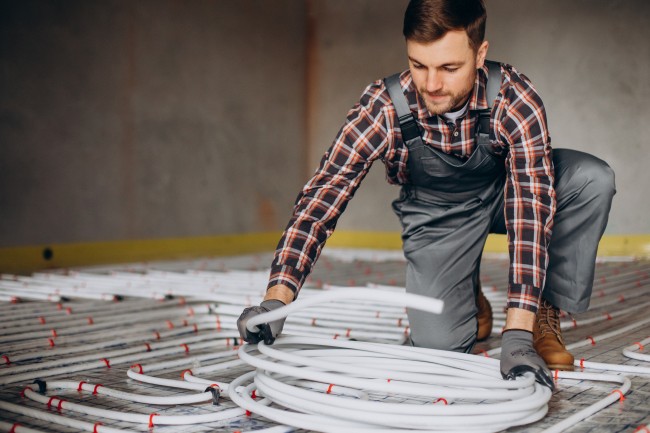
The advent of robot technology has caused a revolution in the plumbing sector. Professional plumbers are becoming more and more dependent on cutting-edge robotics technologies to keep one step ahead of the competition and succeed in this fiercely competitive industry.
Robots offer a wide range of advantages for professional plumbers that can’t be matched by conventional methods, from automated pipe inspection and intelligent water detection systems to increased safety precautions and quicker emergency response times.
Here, we examine how robots are changing the plumbing sector and how it can give plumbers a competitive advantage.
Contents
1. Automated Pipe Inspection
The use of robotic crawlers is allowing plumbers to inspect pipes much more quickly and accurately than ever before. These robots are able to navigate tight spaces and detect any issues with the pipes, such as cracks or blockages, that would otherwise be difficult to spot.
This saves plumbers time and effort when assessing a job, allowing them to prepare faster and more effectively for repair work or drain cleaning.
2. Intelligent Water Detection
Robots are also assisting plumbers in spotting potential water damage in buildings before it becomes a significant problem. Robots can scan an area for moisture or dampness indicators that may point to a concealed plumbing issue using specialized sensors and other cutting-edge technology.
These robots can then warn plumbers of the possibility of pricey repairs, potentially saving homeowners money over time.
3. Improved Safety
Traditional plumbing methods often involve working in tight spaces or using heavy tools, both of which can be dangerous and may put plumbers at risk for injury. By relying on robotics instead, professional plumbers can avoid these risks altogether and perform their jobs more safely.
Moreover, robotic crawlers are also able to detect any potential gas leaks in an area before they become a serious health hazard.
4. Faster Emergency Responses
Robots can help plumbers react quickly to emergency situations by providing them with detailed information about the extent of the damage or problem at hand.
This helps them arrive on the scene already knowing what they need to do, saving valuable time and allowing them to respond much faster than if they had relied on traditional methods.
5. Increased Efficiency
Robotics enables plumbers to complete tasks quickly and accurately, allowing them to take on larger projects without causing delays or incurring additional costs. This improved efficiency can help reduce labor time and cut down on costs associated with plumbing work, thereby providing various benefits for plumbers and their customers alike.
Furthermore, robotics technology can also be used to automate certain routine tasks, freeing up plumbers time for more meaningful and creative work.
6. Improved Maintenance And Repair
By using robotics, plumbers can diagnose and repair plumbing-related issues with greater accuracy than ever before. For example, robotic crawlers are able to detect small leaks in pipes that may be too difficult for humans to spot.
This helps them locate specific problems with more precision, allowing them to provide better maintenance and repairs on the whole.
In addition, remote inspections of drains or other areas can also be performed by robots which improves the effectiveness of these services significantly.
In Conclusion
Robot technology has transformed the plumbing sector in a variety of ways. Plumbing professionals may now work more successfully and efficiently than ever thanks to automated pipe inspections, intelligent water detection devices, and increased safety protocols.
Additionally, quicker emergency response times and improved efficiency have enabled plumbers to take on bigger projects while lowering the cost of plumbing services. To succeed in this quickly evolving industry, any plumber may want to consider investing in robotics technology.
